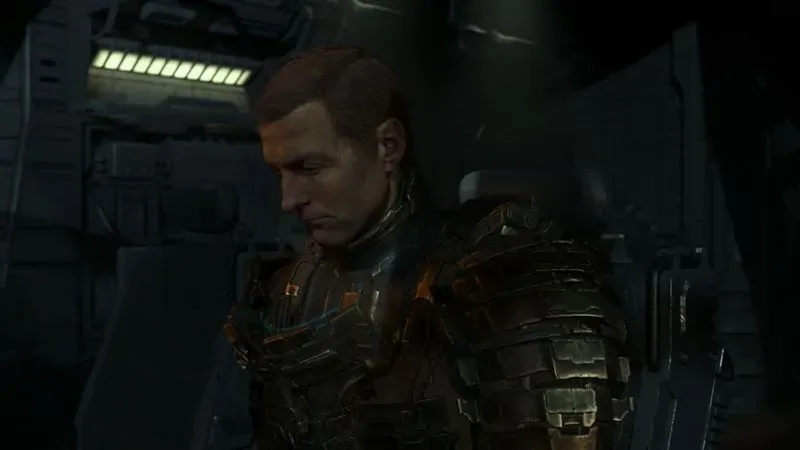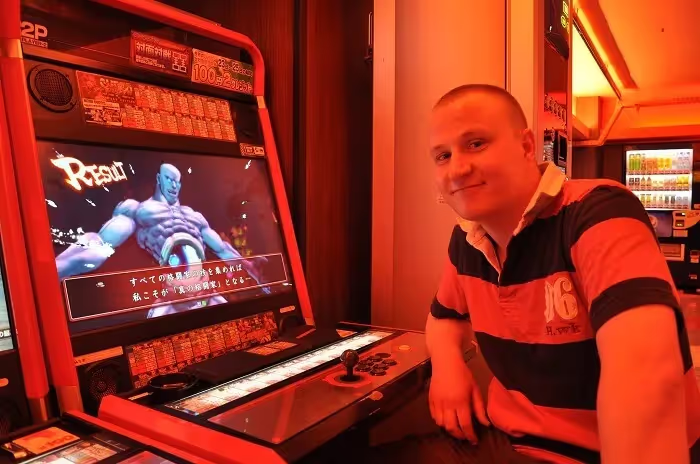PS5
Xbox Series
PC
In general, I’m not a fan of horror games or movies. It’s not so much the gore or the scares but more that, at least for the ones I’ve watched or played, they’ve traded plot and characters for gore. I’m sure there are plenty of awesome horror games out there that I’ve missed and if you enjoy them, that’s fine, but it generally isn't a go-to genre for me. However, throw a sci-fi setting and a psychological edge into it and I’m pretty much sold. Event Horizon is among my favourite sci-fi movies and if you’ve seen it, you know that it isn’t for the faint of heart. It’s also no surprise, then, that the original Dead Space — released in 2008 — was a game I played instantly on launch. The influence that Event Horizon had on Dead Space is unmistakable and revisiting the USG Ishimura and the perils within was an opportunity I wasn’t going to miss.
It makes me feel decidedly old knowing that Dead Space is fifteen years old and whilst its sequels became more action-focused, the original is fondly remembered by fans and critics alike. There were times during my playthrough where I felt very much like Gandalf did in the mines of Moria. I had no memory of some of the places then all of sudden something would happen and I’d realise, roughly, what would be coming next. Despite this rough memory I had of the game, Dead Space was still very much able to keep me on edge and surprise me frequently and often. Much of this came down to two things, the audio and the intensity director. The musical score is hauntingly beautiful at times and encompasses cues to let you know something is about to happen, coupled with fantastic environmental audio, you already have a mix to put you on edge. Pair this with playing on headphones and, from experience, you will feel very much a part of Isaac’s journey through the USG Ishimura.

However, it’s the ominously named intensity director that ties it all together. This system dynamically creates events around you which can range from an enemy encounter to a set of showers turning on. Its mission is to make your playthrough unique and, at least in my opinion, put you even more on edge as you make your way between objectives. By making you think twice before entering any room, even those you’ve recently cleared, the intensity director makes sure that you never feel truly safe.
However, it’s not just the audio that makes the atmosphere as Dead Space has been rebuilt visually using EA’s Frostbite engine. Whilst the original was haunting to play, the ability to have volumetric fog and shadows that react to the lighting around them really stands out. They can, at times, even make the surroundings look rather beautiful and were it not for the necromorphs prowling around you could lose yourself taking in the views. The move to a more updated and powerful engine also sees the dismemberment system, which was pretty unique at the time of the original's release, updated too. By adding in actual flesh and tendons around them, how you hit these pesky necromorphs will dictate just how they fall apart. It’s weirdly satisfying though I perhaps should ask questions of myself given how amusing I found it at times.

One thing EA Motive stressed about this version of Dead Space was that it was remade, not remastered. This is at its most evident when it comes to the story. Those who played the original will no doubt spot the differences. Some are subtle, and whilst the main beats have stayed the same, what has changed, I feel, makes for a more streamlined campaign. New as well are a few side quests which flesh out (pun intended) more of the backstory to just how the Ishimura came to be in such a pickle. Overall it’s well paced and having Isaac voiced this time around by Gunner Wright who voiced Isaac in Dead Space 2 & 3 respectively is a welcome change.
In the original it felt like Isaac was a mindless minion with no opinion of his own and ordered around the Ishimura like a piece of fodder. Despite the fact that you still walk around the Ishimura like a walking picnic for nearby necromorphs, having Isaac talk adds a bit more weight to his story and why he’s on the Ishimura. He’s no longer just a vessel and you become more engaged in his successes as well as his failures that you perhaps would have had, had he remained voiceless. I can only imagine how much work it took to rewrite things to account for this but I tip my hat to those involved as it really has added so much to the game.

I was also appreciative of just how balanced the difficulty was as well. That’s not to say it was easy by any stretch but I equally wasn’t bashing my head against the wall after dying for the umpteenth time during a boss battle. I also noticed that drops prioritised what you have equipped. This will be helpful to those crazy enough to attempt a plasma cutter only playthrough but equally aid those who find a loadout that they like. There’s also a ‘New Game +’ mode that completionists can jump into for unlocking further trophies as well as find new collectibles and perhaps a few additional secrets too.
Part of me hopes that, should this Dead Space remake do well for EA and the talk of its sequels being remade is touted, that they give their stories similar treatment. It was sad to see what was an amazing atmospheric sci-fi horror descend into a by-the-numbers shooter. The tension and the unknown was what makes Dead Space a terrifying joy to play. Its scares land, its plot twists make sense and the payoff when all is said and done is rewarding. EA Motive has shown how you can remake a game but not be completely beholden to make a shot-for-shot remake. It’s way too early to call game of the year but Dead Space should be among them. Whether you played the original or not, if you like anything sci-fi or horror you would be doing yourself a disservice not to experience it.
You can subscribe to Jump Chat Roll on your favourite podcast players including:
Let us know in the comments if you enjoyed this podcast, and if there are any topics you'd like to hear us tackle in future episodes!




